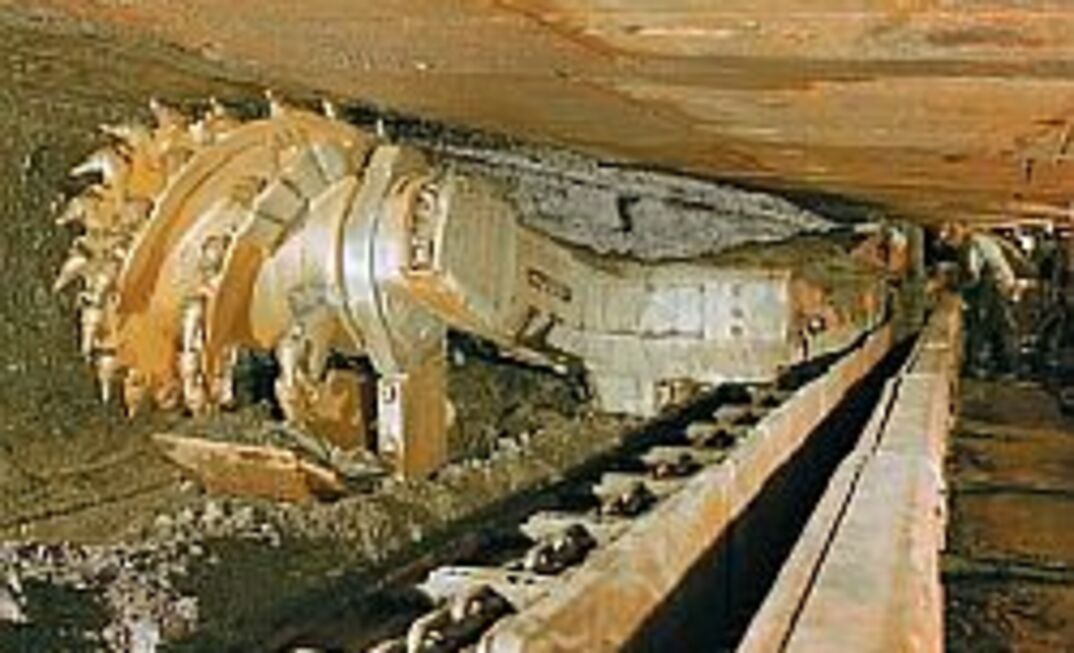"In other industries, and in surface mining, information is used in a much more pro-active way. The data is used on-line to determine equipment performance and hence to plan maintenance requirements,” said Joy longwall systems business manager Colin Merriman.
Merriman raised concerns on underground coal mine’s usage of the available IT for real time analysis in order to improve maintenance practices, life cycle costs and improved availability.
“Sadly, despite the ready availability of data, most underground operations tend to use data retrospectively. Whilst some of this analysis can be transformed into revised procedures or improved design, after the fact there is a much more useful opportunity which could potentially transform maintenance practice, improve availability, and hence optimise the longwall operation in general,” he said.
Merriman said the underground industry generally lacked personnel dedicated to predictive diagnostics.
“If you look at the average coal mine there is no person whose sole responsibility is to undertake on-line analysis. Sometimes there is a maintenance manager monitors on-line data, however it certainly is not his front line job.
“The data is available, it’s just not looked at until it is too late.
“So here is an opportunity to manage maintenance activities rather than just react to catastrophe.”
Joy Mining Machinery had joined forces with its sibling surface mining equipment company P&H to take the surface companies experience in open-cut predictive diagnostics and transplant it into underground customer’s operations.
“In opencut there is a much more developed means of looking after equipment fleets through predictive diagnostics than there currently is in the underground sector,” he said.
























